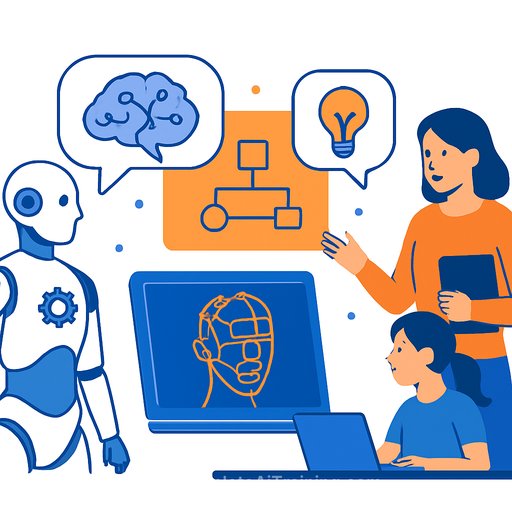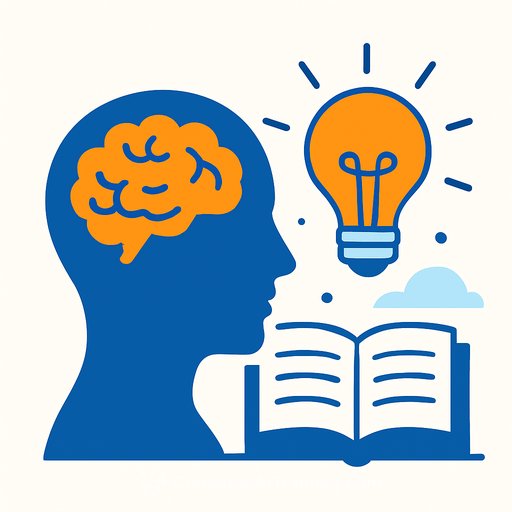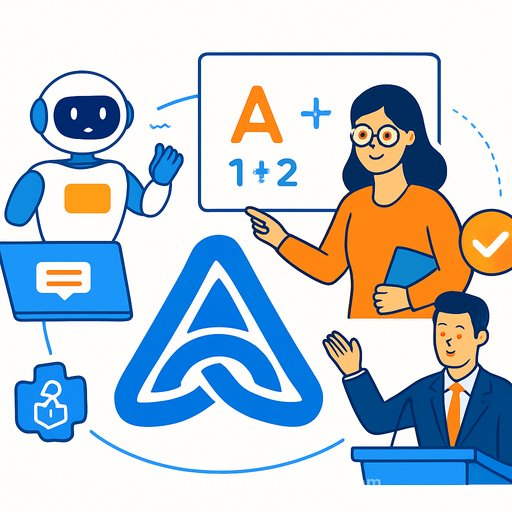How Touro University Is Building Practical AI Literacy Across the Curriculum
Touro University launched a graduate social work program in 2023 that bakes AI-assisted experiential simulations into coursework. It's one example of a broader shift: a recent 2025 survey of college provosts suggests most institutions have reviewed or plan to review curricula to prepare students for AI in the workplace.
Touro's approach is simple and refreshingly pragmatic: AI should assist people, not replace them. The university is rolling out AI competencies across general education, empowering faculty to experiment in their disciplines, and backing it all with training, policy guardrails and targeted funding.
A Human-First AI Philosophy
Shlomo Argamon, associate provost for artificial intelligence at Touro University, frames AI as interactive and assistive. The tech fits inside human processes, not the other way around. The goal is to help students use AI effectively, mitigate risks, and always keep the human context in view.
- AI supports human workflows and learning-never runs them.
- Risks are managed in the open: privacy, accuracy, bias, overreliance and misaligned incentives.
- Faculty creativity is the engine; institutional support is the fuel.
Top-Down Guardrails, Bottom-Up Innovation
Touro blends an institutional framework with academic freedom. Every course and discipline has different needs, so faculty are encouraged to design AI use that makes sense for their students.
At the same time, Touro is integrating AI across the general education core. Students learn AI-relevant skills in context-writing, research, presentations, math, science and history-so AI becomes part of how they work, not a separate topic they forget.
Policy That Enables, Not Polices
The university set an institutional AI policy with clear guardrails and local flexibility. By next spring, every course must publish a course-level AI policy.
Default stance: students may use AI to assist their work, but not to do the work for them. The output must be the student's own, with AI in an assistive role. Schools and departments can tighten or loosen this as needed.
Heavy Investment in Faculty Capability
Touro knows the real work sits with faculty. Argamon's office runs training on AI use, risks, and teaching strategies, plus regular office hours for hands-on support. The goal: reduce friction and help instructors rethink assessment, course design and student interactions without adding burnout.
With support from an external donor, Touro awarded nearly 100 faculty innovation challenge grants to integrate AI into teaching. Projects were developed over the summer and are running now, with a cross-campus workshop planned to share wins and lessons learned.
AI Simulations That Scale Practice
AI is expanding experiential learning-especially in fields where practice hours are scarce. In social work, medicine, education and business, students can rehearse high-stakes interactions repeatedly and receive feedback, then bring that practice into live settings.
- Social work: AI-assisted simulations launched in the 2023 graduate program to build interviewing, assessment and decision-making skills.
- Medicine: AI-enabled standardized patient simulations and robotic mannequins support diagnostic practice, physical exams and bedside manner.
- Communication and business: AI systems analyze presentations and provide targeted, real-time feedback students can iterate on before class.
- Public speaking: Students can practice privately, then submit recordings and data for richer faculty feedback.
Real Risks: Gamification and "Playing to the Machine"
There's a real danger that students try to "win the tool" instead of learning the skill. Some AI experiences can feel like video games that reward patterns over genuine competence.
Touro's answer: diversify simulations, keep the work iterative, and align incentives with learning goals. Faculty also keep peer-to-peer practice where it matters-because taking the role of the patient or client builds empathy that a chatbot can't replicate.
Data That Improves Teaching (Without Drowning You)
AI tools can surface the process behind student work. For example, writing assistants can show how a draft evolved-what was written first, where revisions happened, where text was added or removed.
This gives faculty context for better feedback and more precise coaching. The caution: collect only the data you'll actually use, and use it to strengthen human relationships, not replace them.
Keep It Person-to-Person, Not Bot-to-Bot
Argamon's guidance is clear: AI should assist the human doing the work. Faculty should create course materials with AI, not have AI create them and rubber-stamp the output. Students should use AI to plan, iterate and critique-but the thinking and final product must be theirs.
This mindset keeps learning authentic and prevents the "robot grading robot" spiral that helps no one.
What This Means for Your Campus
- Publish a simple institutional AI policy with room for course-level nuance. Require every course to state its AI rules.
- Train faculty and staff first. Offer office hours, templates, exemplars and co-design sessions.
- Integrate AI competencies inside existing courses (writing, research, analysis, presentations)-not as a standalone add-on.
- Fund small experiments. Reward what works. Share what doesn't.
- Use simulations to scale practice, then connect to live, human-centered work to build judgment and empathy.
- Audit incentives. Make sure tools reward the behaviors you actually want students to practice.
- Collect useful process data, not just product data, to sharpen feedback while protecting trust and privacy.
The Bigger Picture
Touro treats AI in higher ed like a start-up economy: run disciplined experiments, learn fast, and keep humans at the center. The university's scale-nearly 20 campuses-makes consistency hard, but the strategy is working because it's flexible, faculty-led and relentlessly practical.
If you lead curriculum, instruction or faculty development, this playbook is workable now. Start with policy and training, embed AI where students already do the work, and fund faculty to try bold ideas with clear guardrails.
Further Support
If you're standing up faculty development or updating curriculum maps, you can browse role-specific AI learning paths here: Complete AI Training by job role.
Your membership also unlocks:





